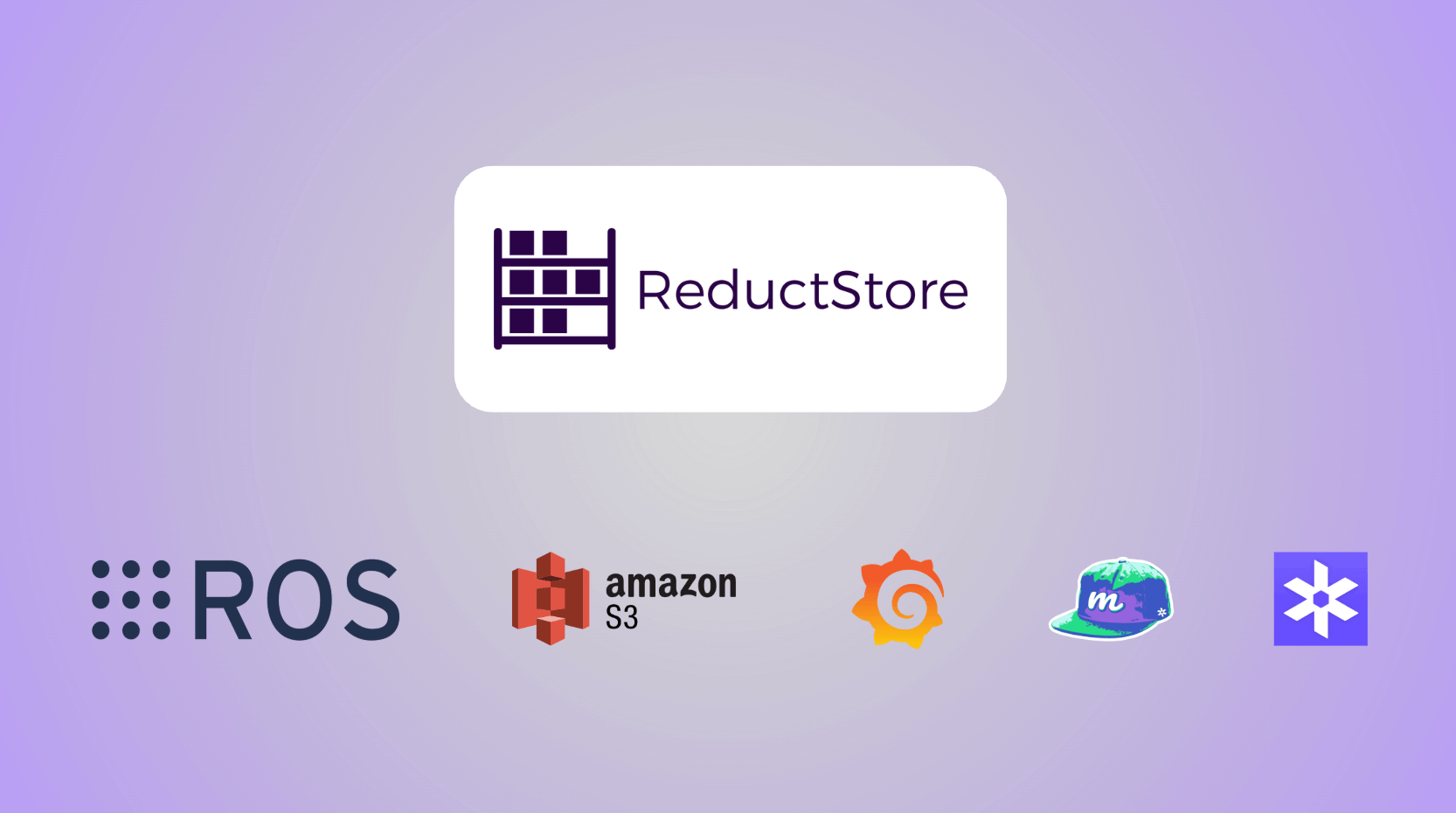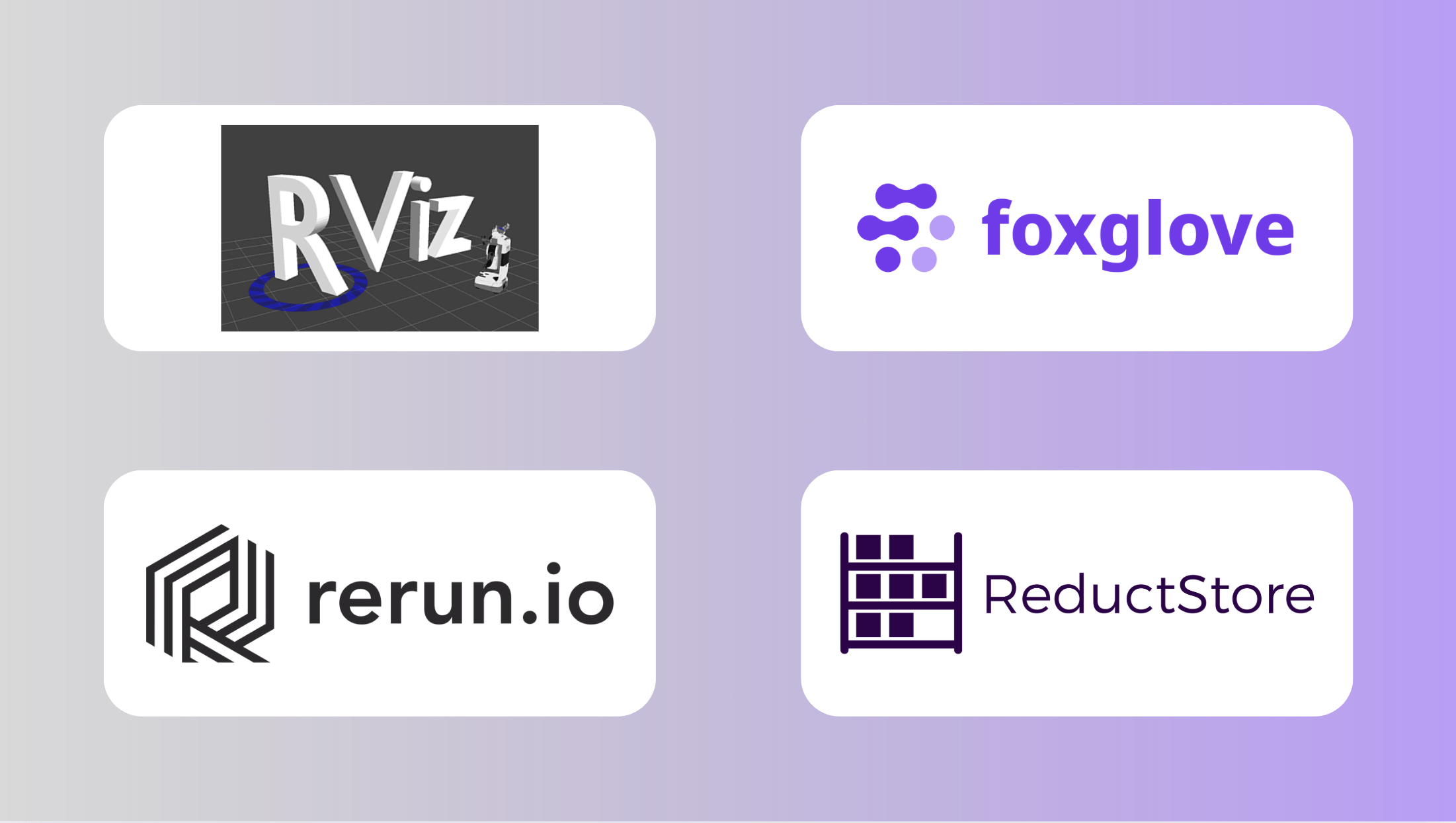The Missing Database for Robotics Is Out

Robotics teams today wrestle with data that grows faster than their infrastructure. Every robot generates streams of images, sensor readings, logs, and events in different formats. These data piles are fragmented, expensive to move, and slow to analyze. Teams often rely on generic cloud tools that are not built for robotics. They charge way too much per gigabyte (when it should cost little per terabyte), hide the raw data behind proprietary APIs, and make it hard for robots (and developers) to access or use their own data.
ReductStore introduces a new category: a database purpose built for robotics data pipelines. It is open, efficient, and developer friendly. It lets teams store, query, and manage any time series of unstructured data directly from robots to the cloud.


